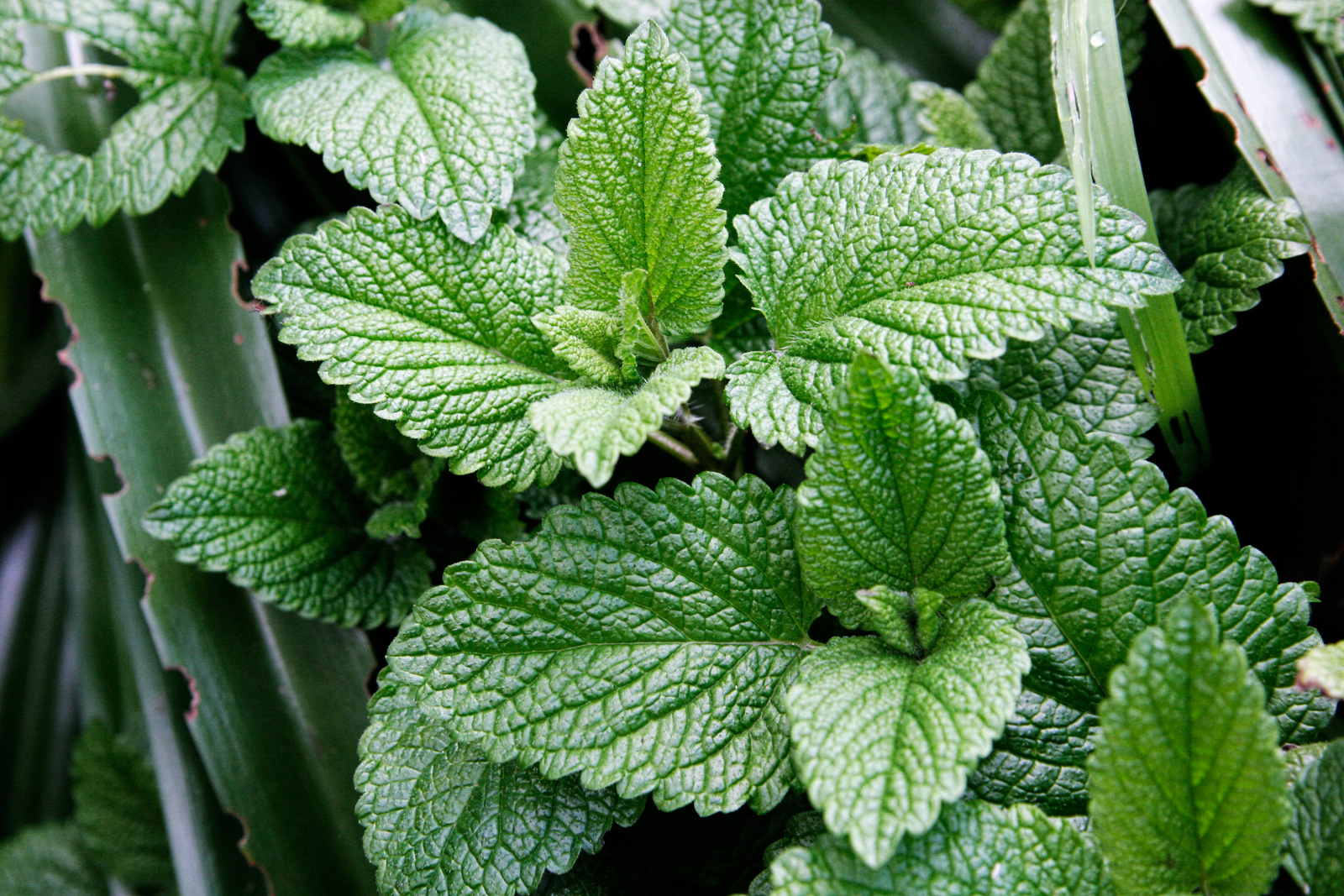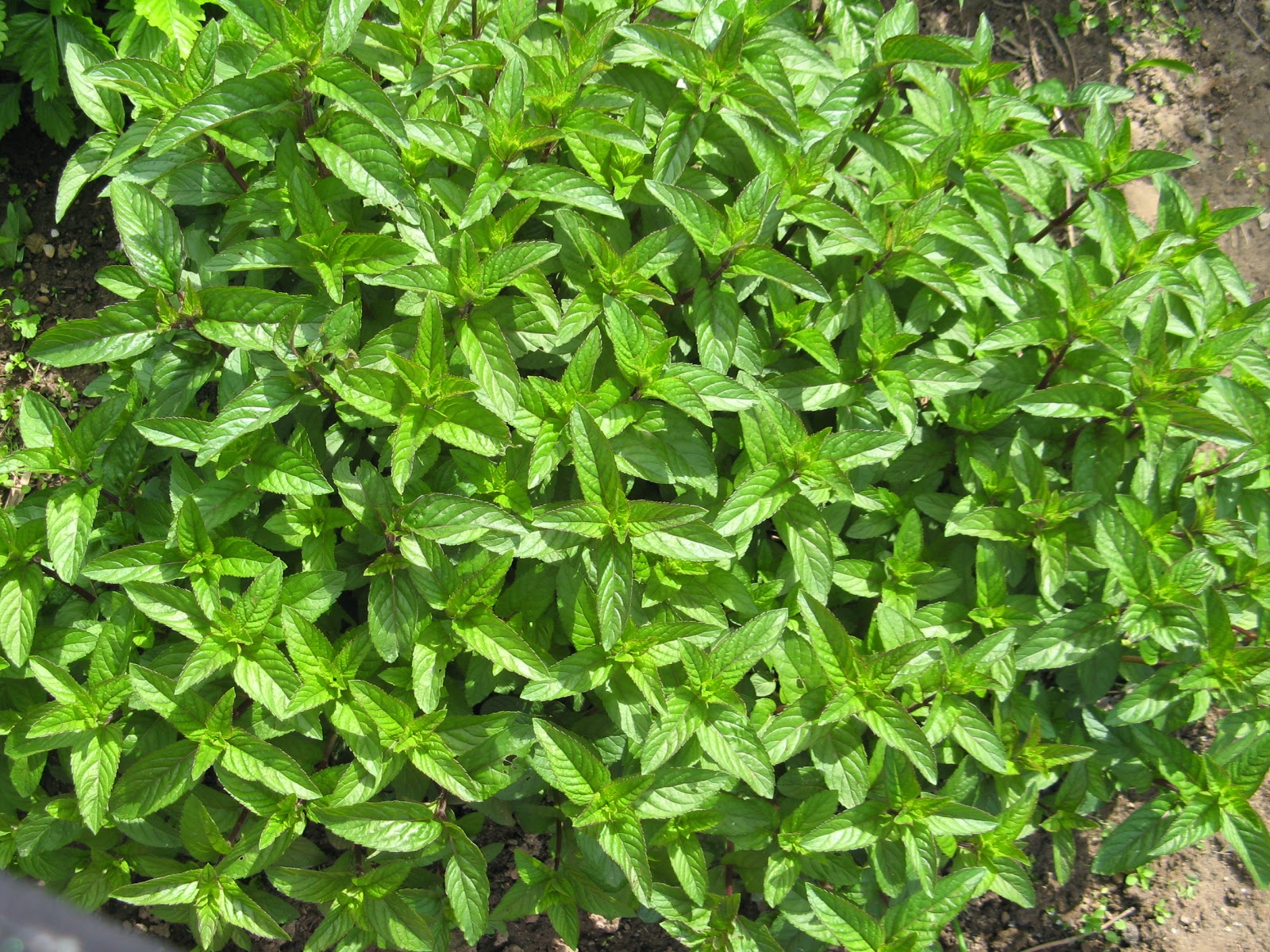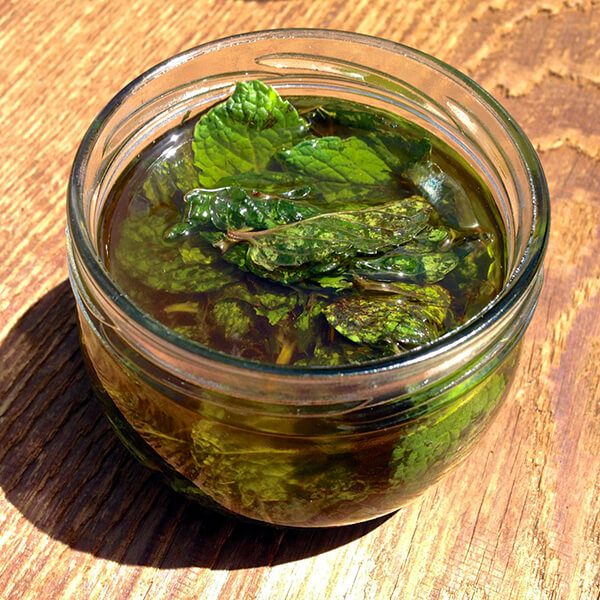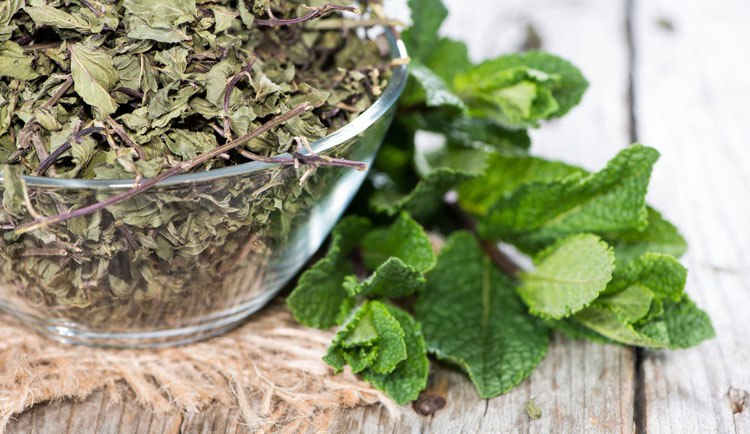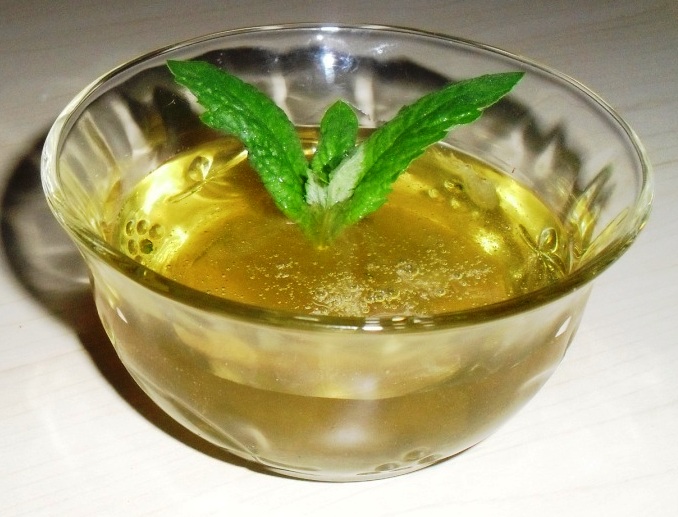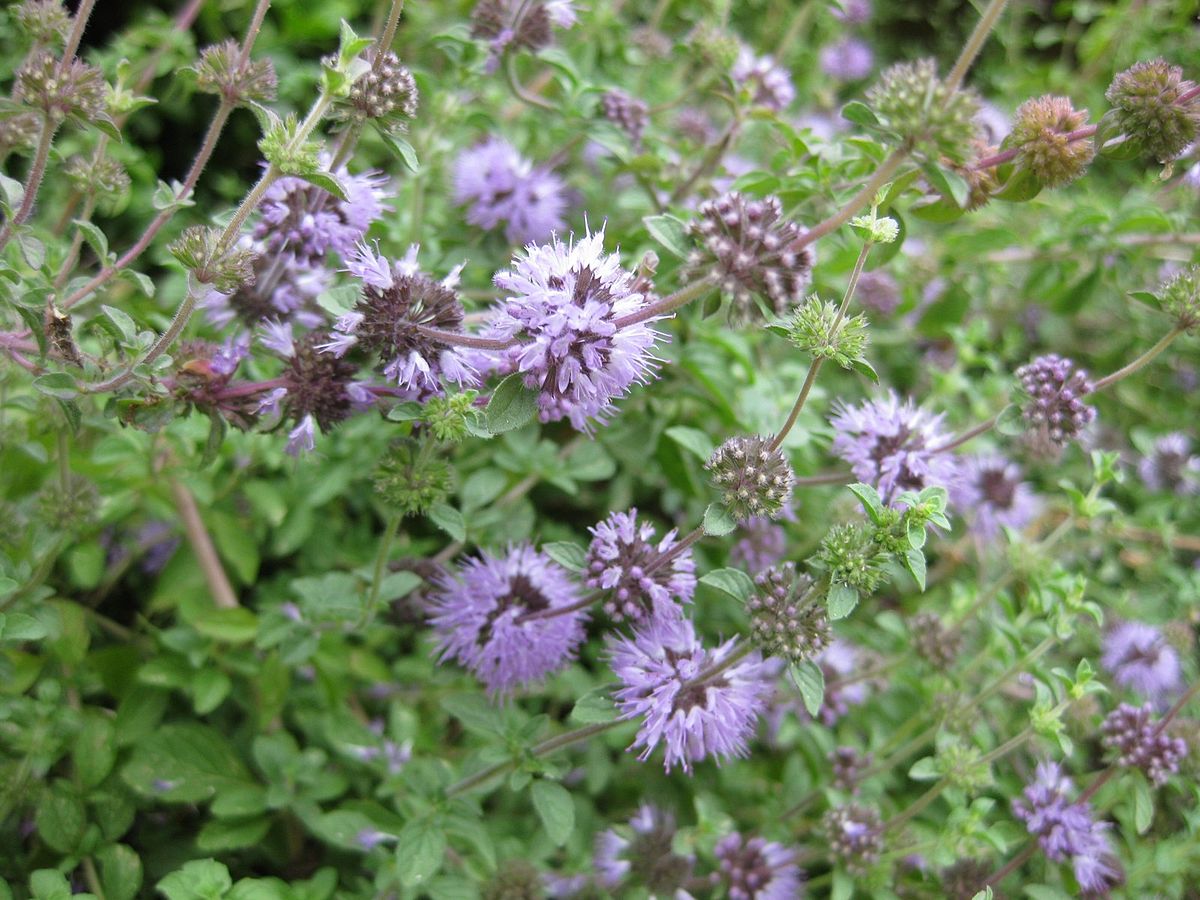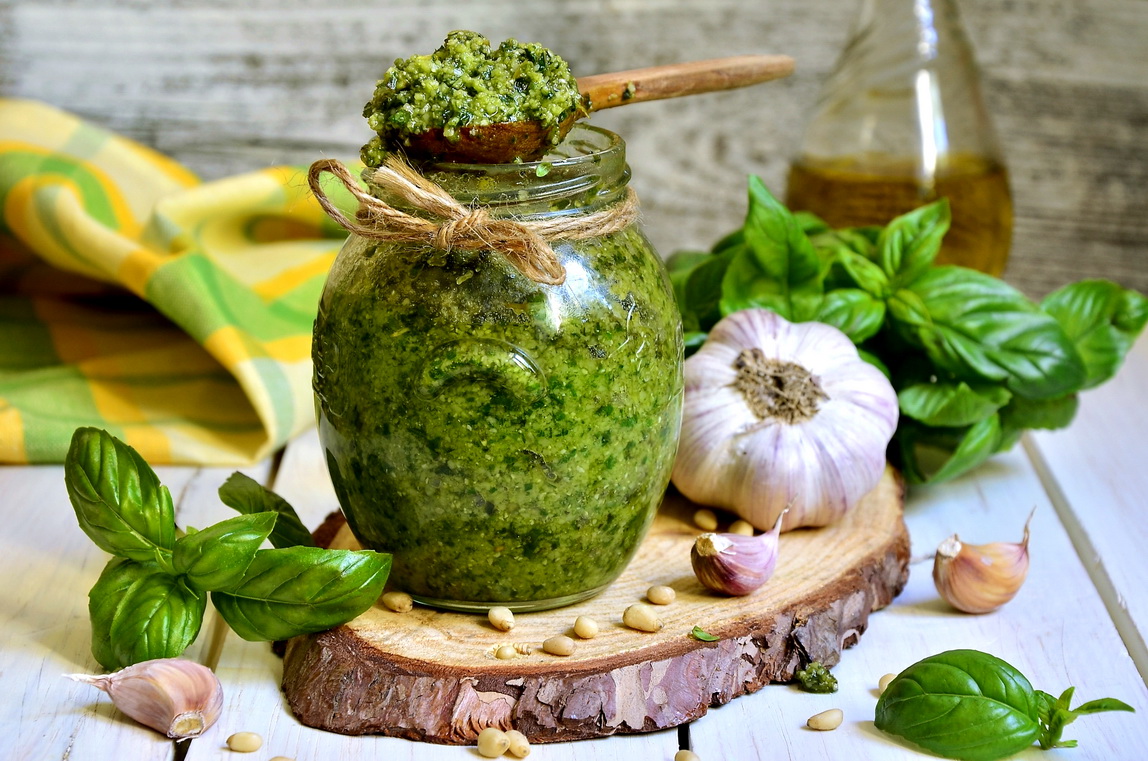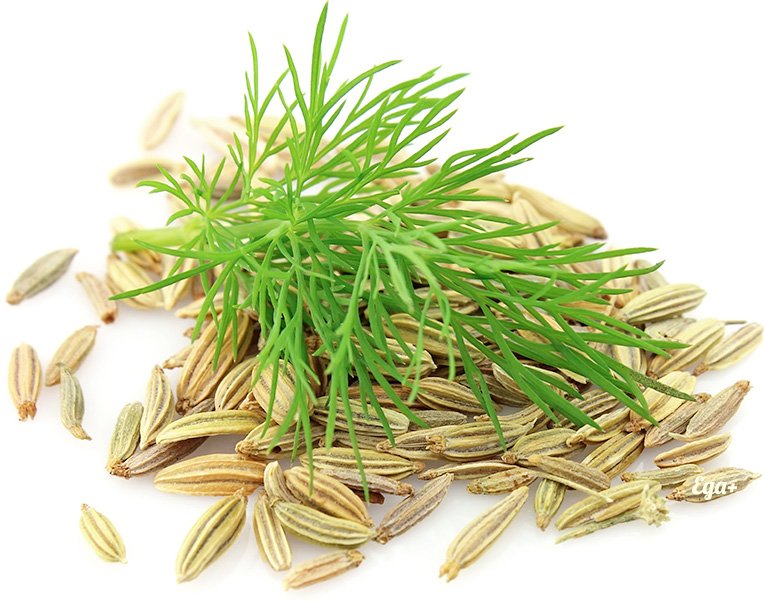Content:
The inhabitants of Ancient Greece were already familiar with such a culture as mint, and the Egyptians placed this plant in tombs. The plant got its name in honor of a nymph named Menta (Latin Méntha). According to myths, it was turned into an amazing plant with a cold scent.
Peppermint - the most popular type of culture, is a perennial plant with a branched rhizome and an erect stem. The latter can reach a height of one meter. The mint leaf has an oblong shape and an ethereal layer, consisting of special glands. The flower of the plant is quite small, forms inflorescences in the form of spikelets. The flowering period of the plant lasts from the end of June until the onset of autumn. Peppermint is not found in the wild. It is bred by English breeders from varieties such as spearmint and water mint. The culture is especially actively cultivated in Ukraine, Belarus and the southern regions of Russia. The plant is grown in other regions of the Russian Federation, but not so massively.
The herb mint is characterized by a cooling aroma and flavor, the presence of which is explained by the plant's high content of essential oils. In addition to the familiar peppermint, there are a number of other plant varieties: green, white, sweet, pennyroyal, perilla, red, Spanish, flea, mountain, flaming sunset, purple, Corsican, Bauman, ginger, dragon, almira, variegated, Israeli, Saracenic, Granada, Witchcraft, Moroccan, Strawberry, Pineapple Variegata, Dog, Long-leaved, Mexican, Japanese, Adler, Banana, etc.
Despite the fact that it is peppermint that is the most common type of crop, in order to get a complete picture of the plant, it will be interesting to familiarize yourself with other varieties of this herb.
Mint varieties
Chocolate
The popularity of chocolate mint is due to its chocolate flavor. This herb is characterized by green foliage, which may have a purple hue. In height, the plant rarely grows above 25 cm, but it grows well due to the presence of sufficiently powerful creeping roots.
Menthol
Menthol mint is a type of peppermint. The plant can reach a height of 60 centimeters. The variety has a bright and pungent smell, which is explained by the high content of menthol. An interesting feature of the variety is the presence of dark stems. The advantages of menthol mint are that it is not susceptible to most diseases and pests and the ability to pluck the leaves as soon as 2 months after planting. The crop should be planted in fertile neutral or semi-acidic moist soil.
Field
Field mint is the most common crop. It can grow in height from 20 cm to 1 m, has oblong leaves with jagged edges. The flowering of the plant continues almost from the very beginning of summer until mid-autumn. The peculiarity of the mint variety is a particularly delicate and persistent aroma. Field mint is often included in one or another medicinal collection.
The essential oils of wild mint include aromatic components such as menthol, carvone, citral and others.The unique properties of the field mint make it popular in terms of use not only as part of medicinal broths, but also in terms of preparing salads, sauces, desserts and other dishes. Planting a field crop variety in horticultural conditions is not practiced.
Long-leaved
Diluting long-leaved mint in your garden would be the right decision. Due to the healing properties of mint, its demand among gardeners is quite high. The therapeutic effect of long-leaved mint is expressed in the following: the plant has an expectorant, diaphoretic, antiseptic and analgesic effect.
The variety, useful in all respects, grows up to one and a half meters in height, has straight, hairy stems and purple flowers.
Feline
Leaves can be harvested throughout the summer. Despite the fact that this mint has an exciting effect on cats, in humans, using this plant, various kinds of sleep disorders are treated. In addition, herbal infusion or catnip tea will be useful for indigestion and colds.
The plant grows up to 1 meter in height, has many branched stems and long heart-shaped leaves.
Properties of culture, benefits
Peppermint has unique properties. This is because it contains a lot of useful and vital components: vitamins C and P, potassium, calcium, iron, ursular, oleanolic acids, etc.
Among the useful properties of the medicinal plant mint, it is necessary to designate, first of all, the following:
- pain reliever;
- vasodilator;
- anti-inflammatory;
- diaphoretic;
- sedative;
- hypnotic;
- strengthening cardiac activity;
- coughing up;
- choleretic;
- antipyretic
- refreshing.
In addition to the above, mint greens have a beneficial effect on the activity of the gastrointestinal tract, helps to quickly and effectively get rid of heartburn and even stomach pain.
Often, menthol, being one of the components of medicinal mint, is used in the production of nasal drops and mouth fresheners (including chewing gums and toothpastes).
Dried and crushed into powder, mint leaves are often used in gravies for meat and vegetable dishes, in seasonings and soups. In addition, the plant is widely used in the production of soft drinks and sweets. It makes an excellent herbal tea. It is especially useful to drink it before bedtime - falling asleep will occur quickly, and dreams will be calm and pleasant.
For skin care mint use is as follows: dry the leaves, pour boiling water and leave for about an hour. The infusion must be drained, cooled and used to wipe the skin of the face and body. The healing properties of skin care products will be appreciated by any woman.
Contraindications for use
Despite the fact that the list of what the herb mint heals is quite extensive, in some cases, the use of mint can cause certain harm. This does not mean that the product is harmful. But if there is at least one contraindication, it is better to refuse the use of mint.
First of all, this applies to those persons who have an individual plant intolerance or, more simply, an allergic reaction. It is not recommended to abuse mint, as well as foods and drinks with its addition for people suffering from varicose veins, anacid gastritis and blood pressure.
In general, the scope of application of mint is quite wide. The plant is used not only in food and cosmetic fields.For example, mint can be used as a hookah ingredient in a smoking formulation.
Plant storage
Since winter in Russia lasts a very long time, there is nothing surprising in the fact that many people prefer to make a variety of homemade preparations. The main condition for collecting mint is to have time to do it in July or August. It is at this time that the plant stops turning green and begins to prepare for flowering. The foliage during this period contains a particularly high content of essential oils and other useful substances, for which the culture is so highly valued.
Cutting the plant in order to better preserve it should be about the same as the cereal, by 1/3 of the stem. As many years of practice show, a long shelf life is not an option for the tough part of the plant. In addition, before the end of the season, fresh shoots can appear on it.
Freezing
The answer to the question of how fresh mint should be stored and what can be made from mint often depends on the specific storage period involved. In the course of storage, the plant, of course, will not become fresh, but it is quite possible to keep it practically in its original form for one month. To do this, you need to do the following: separate the mint leaf or fresh shoots from the stem, gently wrap them in paper towels and place them in airtight bags or plastic containers with a lid. If you freeze an open stem, it will almost instantly lose color, moisture and all nutrients.
Drying
Freezing is not the only solution to the problem of how to use mint leaves for a long time. The plant can still be dried. If you choose the right way to dry mint, it will be possible to preserve not only its aroma, but also essential oils in the plant.
In principle, no special instructions or detailed descriptions are required for drying mint. Simply wash, dry and disassemble into small bunches of mint and dip them in large paper bags with the tops of the shoots down. The bags should then be carefully tied and hung in any dry and well-ventilated place without direct sunlight.
There is no need for any special care of the crop during its drying process - it is enough to periodically check whether it is inaccessible to insects.
Sometimes mint is dried not in bags made of natural material, but on flat pallets. In this case, the plant must be laid out without fail in an even and as thin layer as possible. To dry the grass faster, you will need to turn it over from time to time.
Dry mint in the oven with even greater care. One has only to slightly exceed the temperature of 35 degrees, as the plant will immediately lose most of its beneficial properties. It is also dangerous to overexpose the leaves inside such a dryer - the grass will become unnecessarily fragile and will quickly be crushed into powder during storage.
Determining the readiness of dried mint is not difficult. It is enough just to press on the sheet of the leaf. If it is effortlessly detached from the stem and crumbles, the raw material can begin to grind and pack for the winter.The optimal container for storing dry herbs will be glass jars with tight-fitting lids. In them, the plant will retain its taste and aroma for at least 6-8 months.
And finally, another way to keep mint fresh during the winter will be to the taste of most sweet teeth, because we are talking about mint syrup.
He prepares as follows. Mint greens are finely chopped. One and a half standard cups of crushed leaves requires a glass of plain water and a similar amount of sugar. The leaves are poured with half of the sugar and left in this form for several hours. The herb gives juice and the sugar starts to dissolve. The simplest syrup is prepared from the remaining sugar and water and candied mint is poured.
Of course, no matter what tricks are taken to preserve the beneficial properties of mint, they will not be able to fully preserve all the healing characteristics of the culture, although a certain part of the healing properties will in any case remain.
